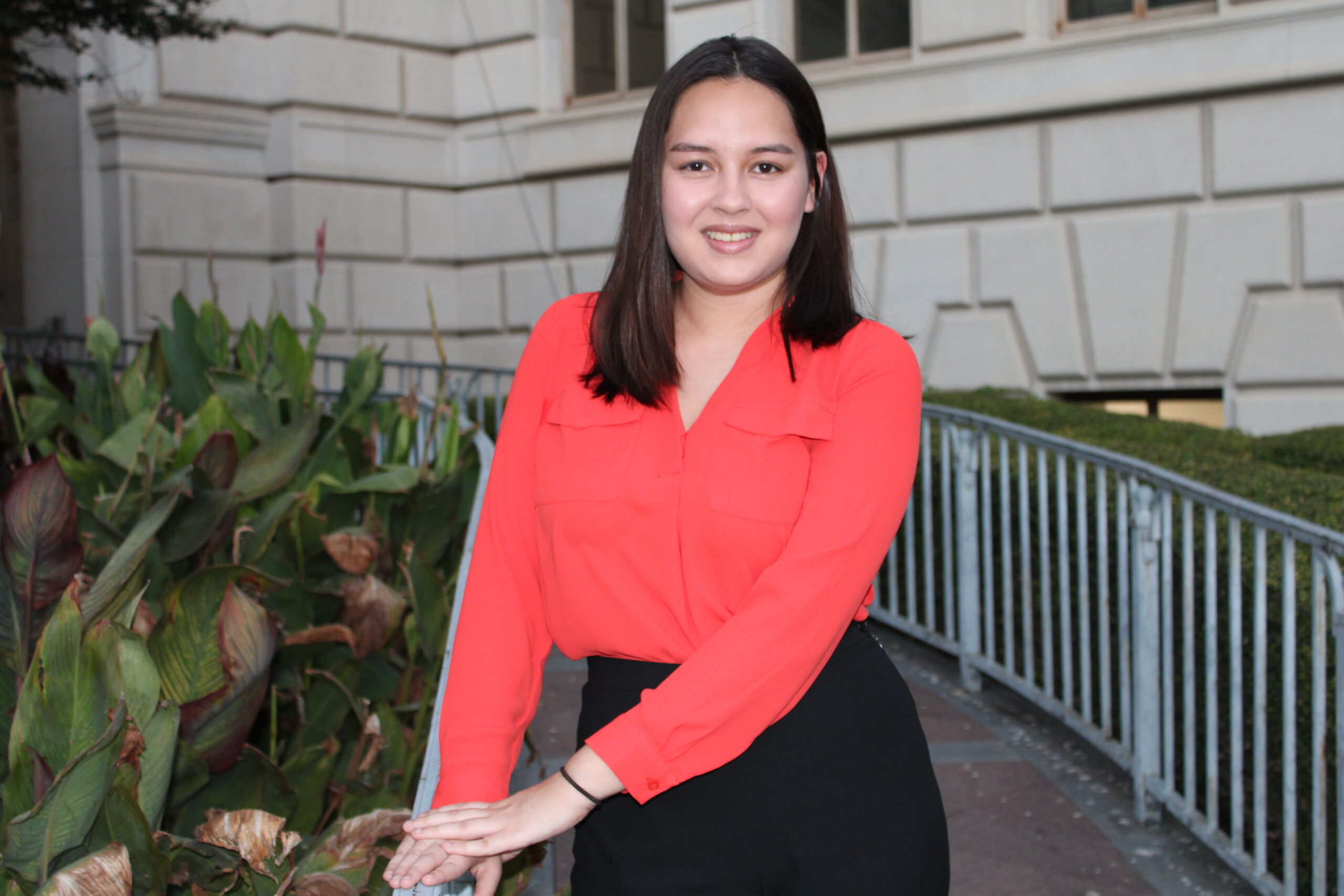Tuesday, November 5th marks Election Day in the United States. As millions of voters cast their ballots, news organizations carefully analyze incoming voting data to determine the winner in several races, including the presidency. But even though news organizations such as the Associated Press can “call” a presidential election, their projections do not constitute official election results. Election results are instead certified by the government. However, due to the fragmented and often slow-moving design of the Electoral College, the official Electoral College vote does not usually occur until December. In order to fill the time gap between Election Day and the Electoral College vote, news organizations analyze vote count data from each state to determine state-level results, predict state Electoral votes, and ultimately declare one candidate the next President.
The Long Road to Official Election Results
Presidential election results in the U.S. are not determined by the popular vote, but instead by the Electoral College vote. As specified in the Constitution, each state receives a number of Electoral College representatives proportional to the state’s congressional delegation size. For example, Vermont has three electors since the state has two Senators and one Representative in Congress. As populations shift, census-based redistricting can cause states to gain or lose electors. However, Electoral College votes are not proportional to population size; for example, one Electoral College vote in Wyoming accounts for 195,000 people, while one Electoral College vote in Texas accounts for 700,000 people.
Before the November election date, each presidential party chooses its slate of electors for each state. There are few criteria to be an elector other than not having engaged in insurrection and not holding national Congressional office. Currently, all but two states operate under a “winner takes all” system in which all of that state’s electors are sworn to cast their Electoral College vote for the presidential candidate who won the majority of votes in their state. Faithless electors, or electors who cast their Electoral College vote for someone other than the candidate they swore to vote for, complicate the predictability of this system and are not currently regulated consistently across states.
After November votes are tallied and the winner in each state is made evident, electors meet in their respective states to cast their votes in mid-December. The results of the Electoral College vote are then sent to the newly-elected national Congress which meets to declare official election results on January 6th.
How News Organizations Calculate Timely Results
In order to calculate the results of the presidential election on or soon after Election Day, the media tabulates votes as they are cast. Media organizations will typically use two methods to determine votes: national polls or data collected from local officials such as county clerks. Since 2003, news networks have worked together to create an organization called the National Election Pool to create exit polls that more accurately capture voting choices. After the 2016 presidential election results differed widely from polling projections, the Associated Press left this consortium of news networks in favor of conducting its own online polling. The Associated Press determined that because voting on Election Day is no longer more common than voting early or by mail, Election Day exit polls are disproportionate to the larger electorate. Thus, the Associated Press created its own polling methodology, AP VoteCast, to attempt to provide polling methods that better accounted for the votes casted prior to Election Day.
Through a combination of polling and collecting voting results, news organizations are tasked with determining the President-elect in real time. News organizations analyze incoming votes to determine if the trailing candidate can achieve the number of votes needed to catch up to the current polling leader based on the number of votes a county or state has historically received in previous elections, the demographics of the area, and past voting history. Based on this analysis, if a news organization determines that there is no chance the trailing candidate will achieve the number of votes necessary to overtake their opponent, the news organization will call the race.
In states where the race is close, news organizations may not call a clear winner until days after Election Day. This is because states have different voting laws. Some states do not start counting votes until Election Day, causing a delay in results compared to other states. Additionally, in some states, mail-in ballots received within a certain period after Election Day are counted as long as they are postmarked by Election Day. These discrepancies can cause delays in news media tabulations, as organizations wait for official state vote tallies. For example, the 2020 presidential election was called by most media outlets four days after Election Day due to the steep increase of mail-in ballots during the COVID-19 pandemic and associated delays in vote counting.



